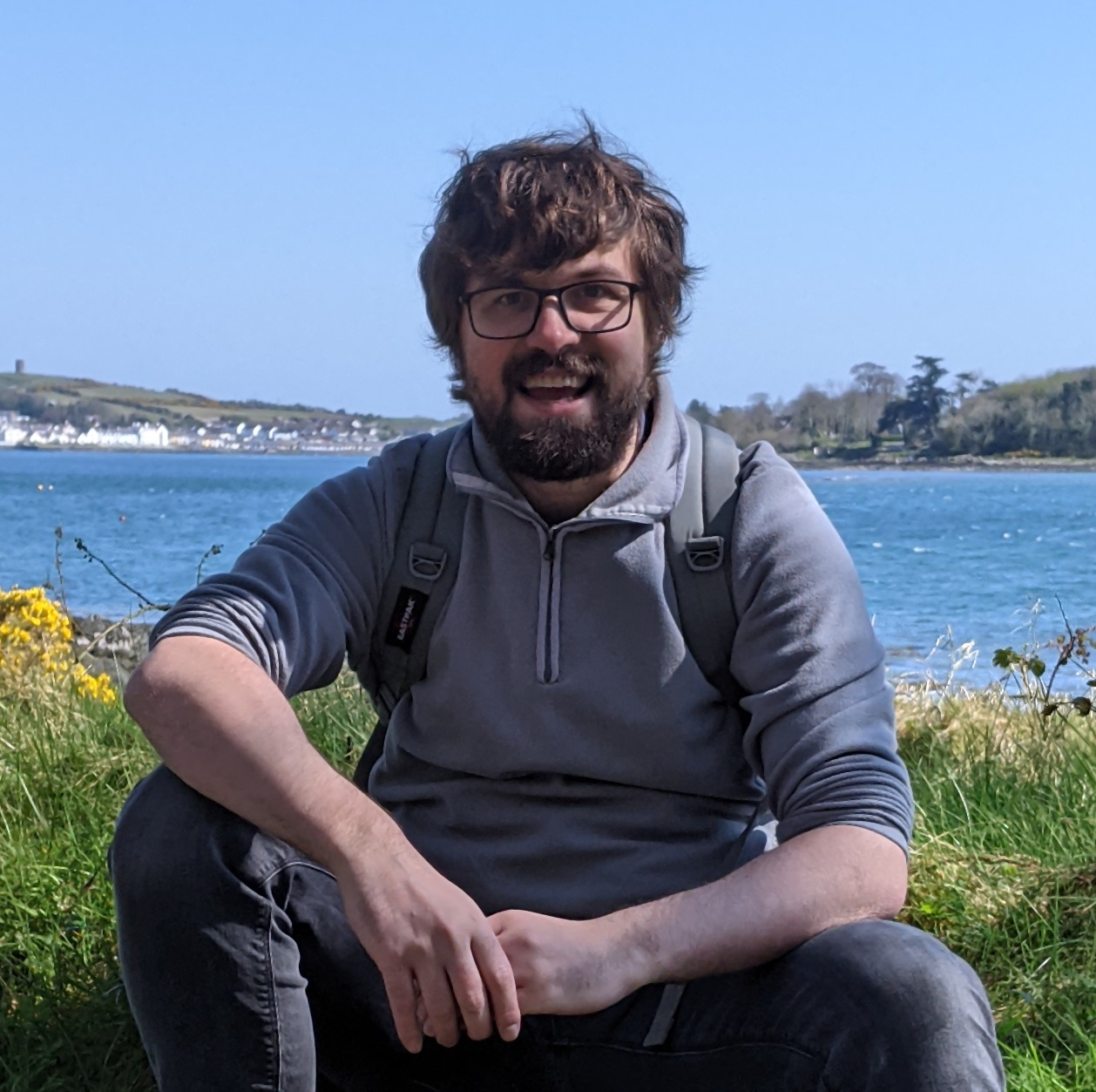Data Driven
Bodiversity Insights
We believe high-quality biodiversity measurement is a key step in enabling action to reverse biodiversity decline.
That’s why we developed Wilder Sensing: a scalable, Artificial Intelligence Software-as-a-Service (SaaS) solution designed to support investment in biodiversity through the provision of high-quality data and analytics.
Wilder Sensing analyses audio and other data sources to produce actionable insights into the status and trends of biodiversity on your site or investment.







